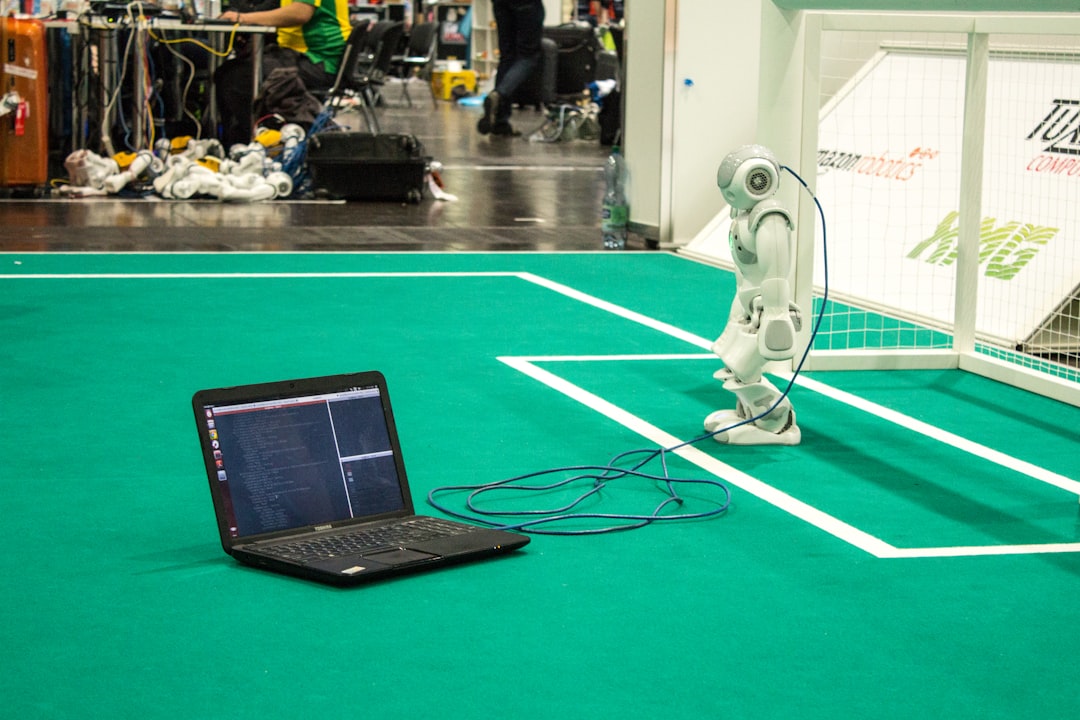As the professional world continues to adapt to technological innovation, one of the most transformative shifts is the integration of artificial intelligence (AI) into remote work environments. What began as a temporary pivot during the pandemic has evolved into a permanent flexibility model. Now, with the rise of AI virtual assistants, remote work is poised to enter its next revolutionary phase—one that promises increased productivity, better collaboration, and optimized workflows.
The Rise of Remote Work and the Role of AI
Historically, remote work was a rare perk offered by only a handful of forward-thinking companies. But circumstances such as global health crises and the acceleration of digital platforms pushed it into the mainstream. However, remote work comes with its own set of challenges:
- Managing work-life balance
- Collaborating across time zones
- Maintaining productivity outside traditional office environments
- Handling administrative and repetitive tasks
This is where AI virtual assistants come into play. These intelligent agents can perform a wide variety of tasks traditionally managed by human assistants or team members. They can schedule meetings, transcribe video calls, set reminders, and even help answer emails—all while learning and improving over time.

What are AI Virtual Assistants?
AI virtual assistants are software applications powered by machine learning, natural language processing, and data analytics. Unlike traditional task automation tools, these assistants can adapt to individual user behavior, offer recommendations, and predict user needs.
Common examples include:
- Siri and Google Assistant: General-purpose assistants used for both personal and professional tasks
- Cortana and Alexa: Often integrated with productivity tools or smart office setups
- Specialized business assistants: Programs like x.ai, Clara, and Otter.ai that focus exclusively on work-related interactions
Impact on Remote Work
The integration of AI virtual assistants into remote work settings is yielding profound changes. Here are some key areas where AI is making a tremendous impact:
1. Task Automation and Time Management
AI assistants can handle routine, time-consuming tasks that often clutter a remote worker’s schedule. Whether it’s generating reports or sending follow-up emails, these assistants free up valuable hours that can be redirected toward strategic and creative endeavors.
Imagine starting the day with a personalized summary from your AI assistant, reminding you of deadlines, meetings, and suggesting the most efficient workflow based on your calendar and past behavior. This kind of contextual awareness transforms daily operations.
2. Communication and Collaboration Support
In remote settings, clear communication is critical. AI tools can help by transcribing meetings, summarizing discussions, and even translating messages in real time for global teams. Virtual assistants can also identify key action items from meeting transcripts and automatically assign tasks in project management software.

3. Intelligent Scheduling
Coordinating availability for global teams can be a nightmare. AI assistants analyze calendars, time zones, and user preferences to automate meeting scheduling efficiently. Some systems go even further to reschedule postponed meetings, notify participants of conflicts, and ensure agendas are prepared in advance.
4. Mental Health and Work-Life Balance
AI virtual assistants can act as subtle monitors of employee well-being. By analyzing interaction patterns and workload distributions, these tools can proactively suggest breaks, flag burnout risks, or encourage a healthier work pace. Some AI apps even integrate with wellness tools to recommend mindfulness activities or daily exercise routines.
Advantages Over Traditional Work Models
The benefits of AI virtual assistants in remote work environments are extensive:
- Cost Savings: No need for full-time administrative staff in some scenarios
- Scalability: AI tools can handle increasing workloads without additional hires
- Efficiency: Continuous refinement through machine learning leads to greater accuracy and performance over time
- Accessibility: Integration with mobile devices and cloud platforms enables anytime, anywhere support
Potential Challenges and Ethical Considerations
Of course, no revolution comes without its pitfalls. The integration of AI into remote work surfaces several challenges that must be carefully addressed:
1. Privacy and Data Security
AI assistants frequently require access to emails, calendars, and other sensitive information to function effectively. Ensuring this data remains secure and that protocols comply with regulations like GDPR is key to protecting employee privacy.
2. Job Displacement Concerns
As virtual assistants become more capable, there is growing concern about job security, especially for administrative professionals. However, this change also presents an opportunity to upskill and transition to roles that involve more strategic decision-making, creativity, and emotional intelligence—skills that AI cannot easily replicate.
3. Overreliance on Technology
While useful, AI should not fully replace human judgment and interpersonal connections. Teams should find a balance between automation and organic interaction to maintain cohesion and creativity.
AI Virtual Assistants by Sector
Different industries are embracing AI virtual assistants in unique ways:
- Healthcare: Scheduling patient appointments, managing telemedicine sessions, and summarizing case notes
- Legal Services: Drafting initial contract templates, performing routine legal research, and tracking deadlines
- Marketing: Automating social media posts, conducting audience analysis, and generating content ideas
- Education: Supporting teachers with lesson planning, grading, and providing feedback
What the Future Holds
The trajectory of AI virtual assistants in remote work is just beginning. Future iterations might include
- Emotionally aware assistants capable of detecting tone and offering more nuanced support
- Cross-platform integration with even more tools like Slack, Monday.com, and others
- Advanced personalization that creates a virtual “office manager” tailored to each user
- Voice-first interfaces that provide hands-free productivity
There’s also potential for team-based AI assistants that act as a shared resource, managing group tasks, timelines, and performance metrics. With the integration of augmented reality and conversational AI, future remote workspaces might feel even more immersive and cohesive.
A Collaborative Tomorrow
Rather than replacing human workers, the true power of AI virtual assistants lies in augmentation. This technology extends our capabilities and lets remote workers focus on high-value activities. As companies refine their remote work strategies, embracing AI-driven tools could well be the difference between merely maintaining operations and driving transformative growth.
With thoughtful integration and responsible usage, the alliance of AI and remote work will not just streamline processes but reinvent productivity. The future of remote work isn’t just remote—it’s intelligent, adaptive, and incredibly efficient.




